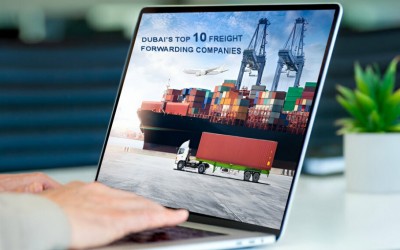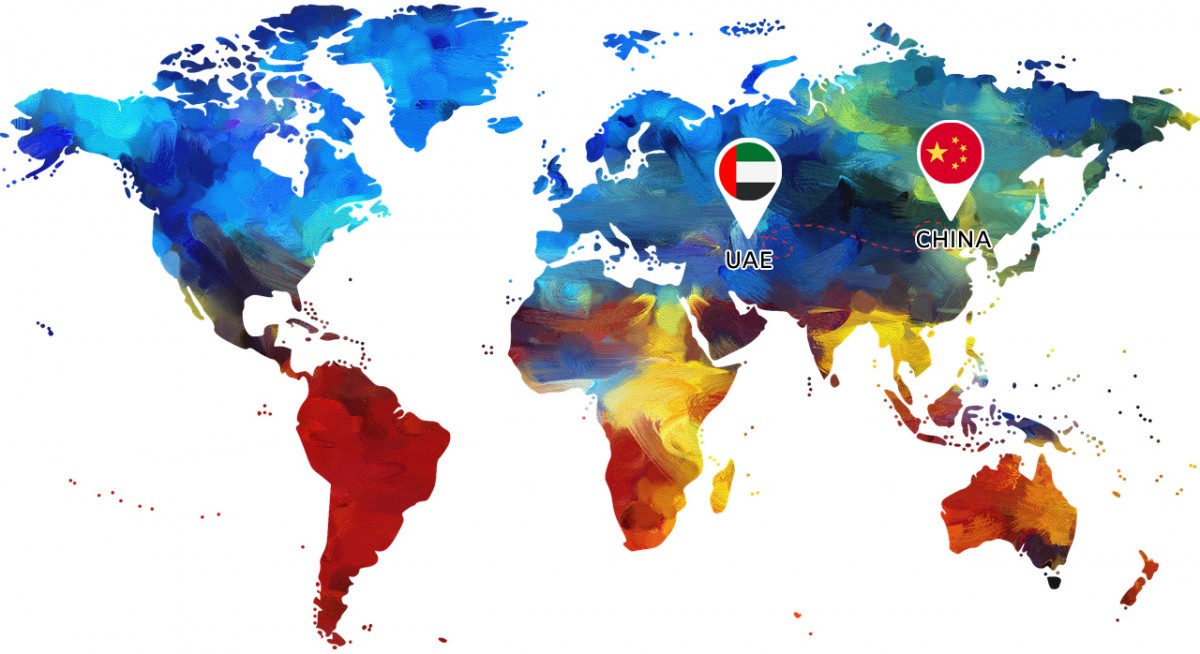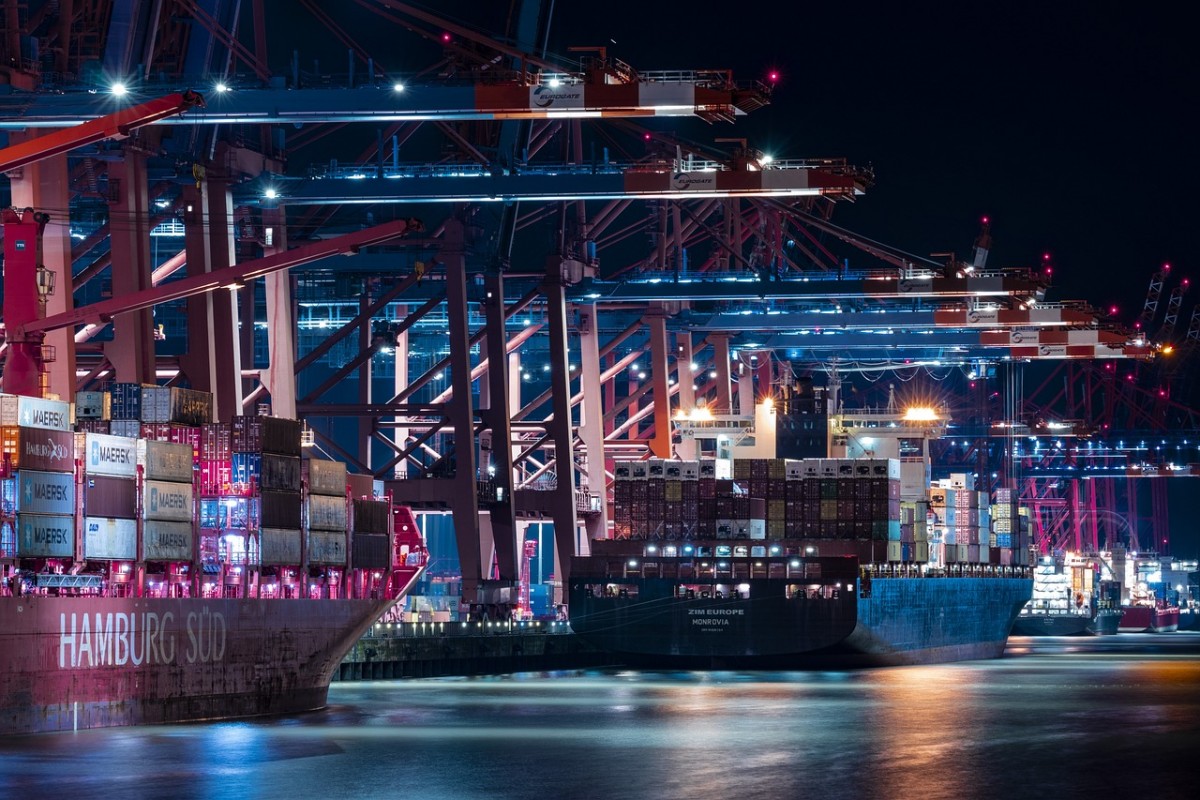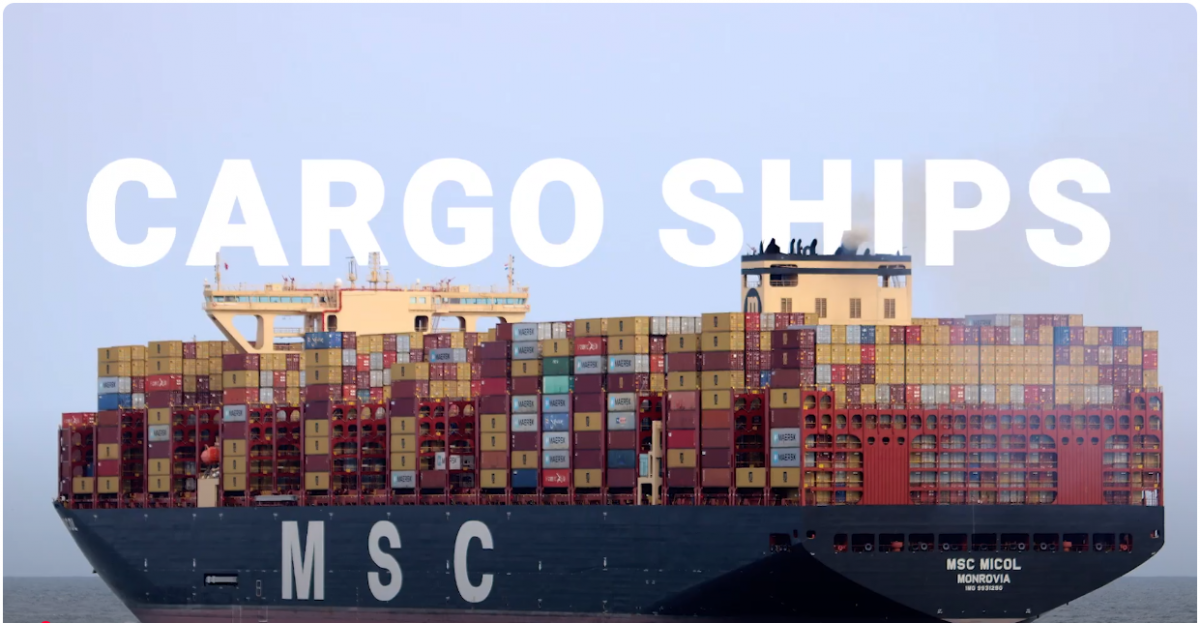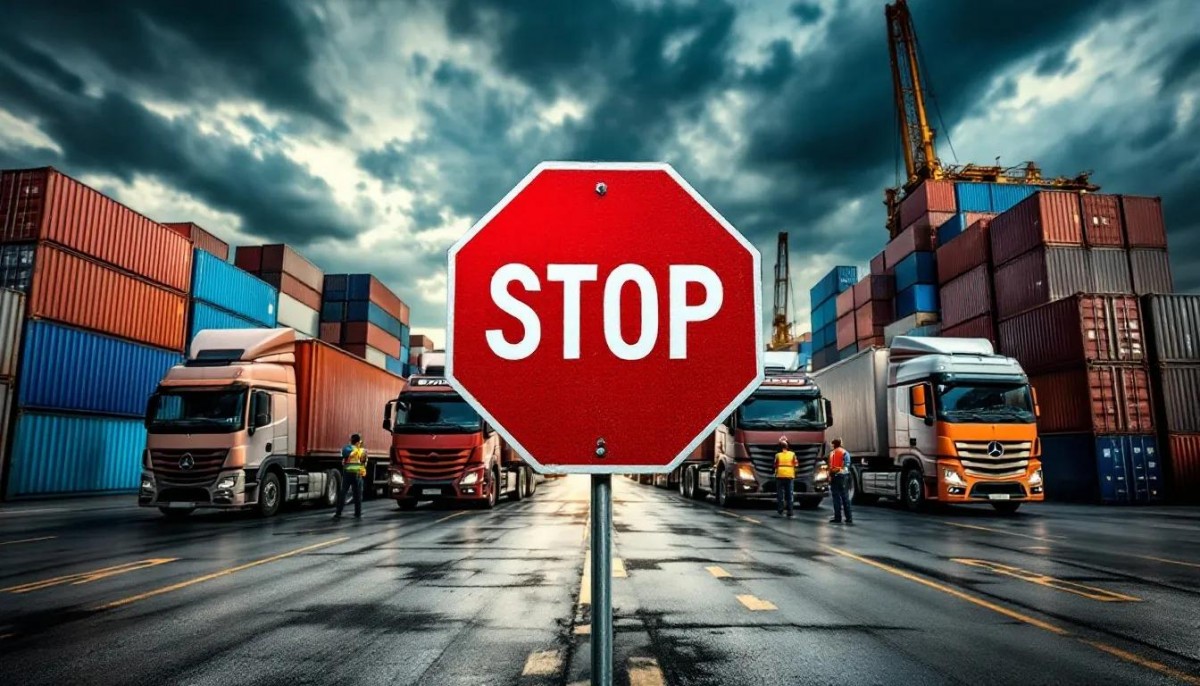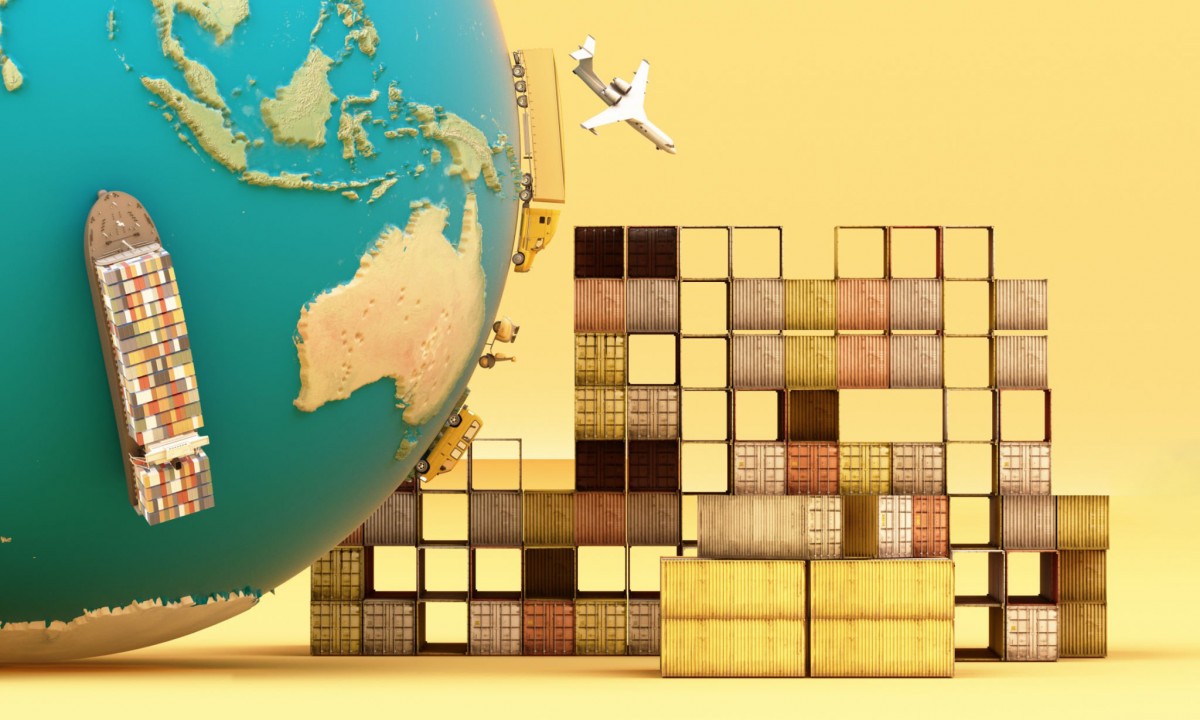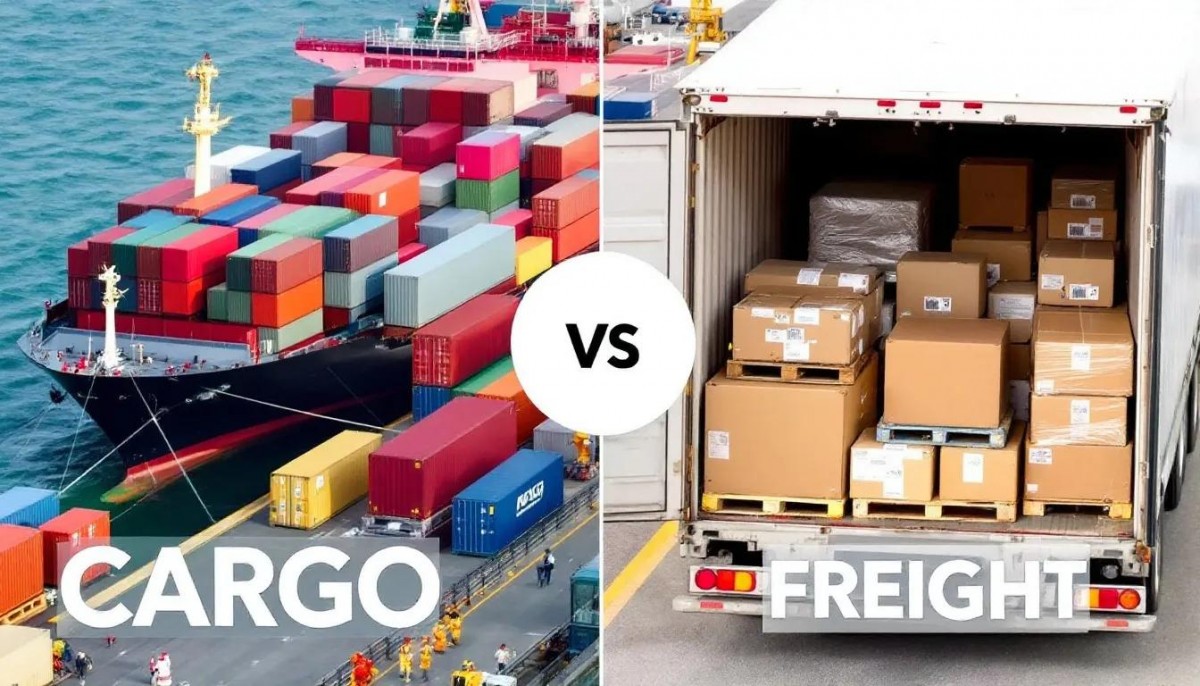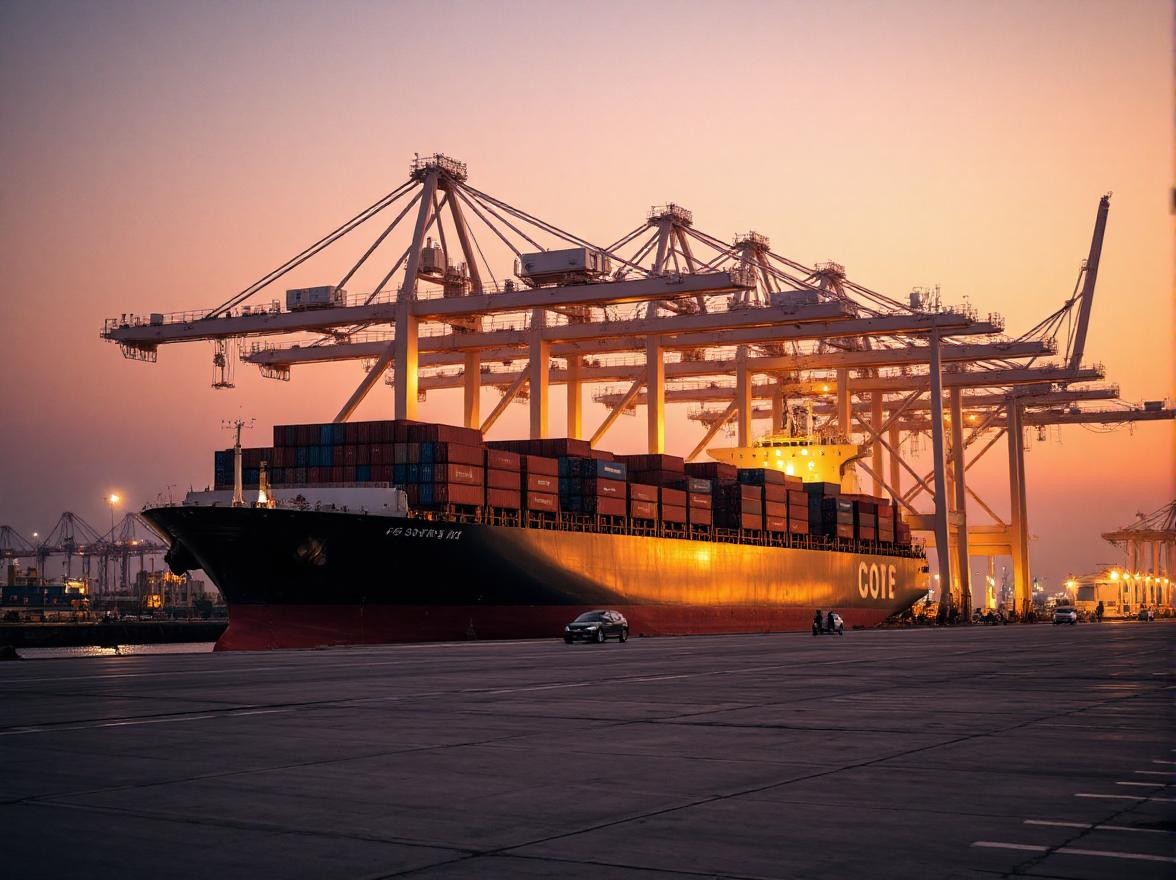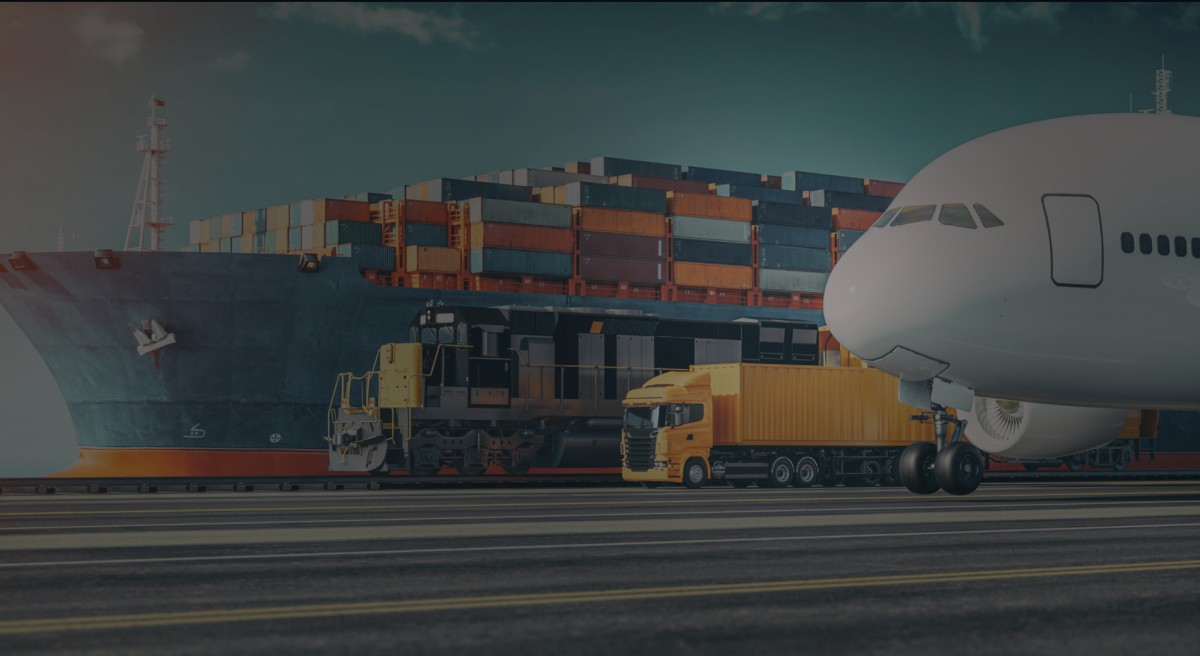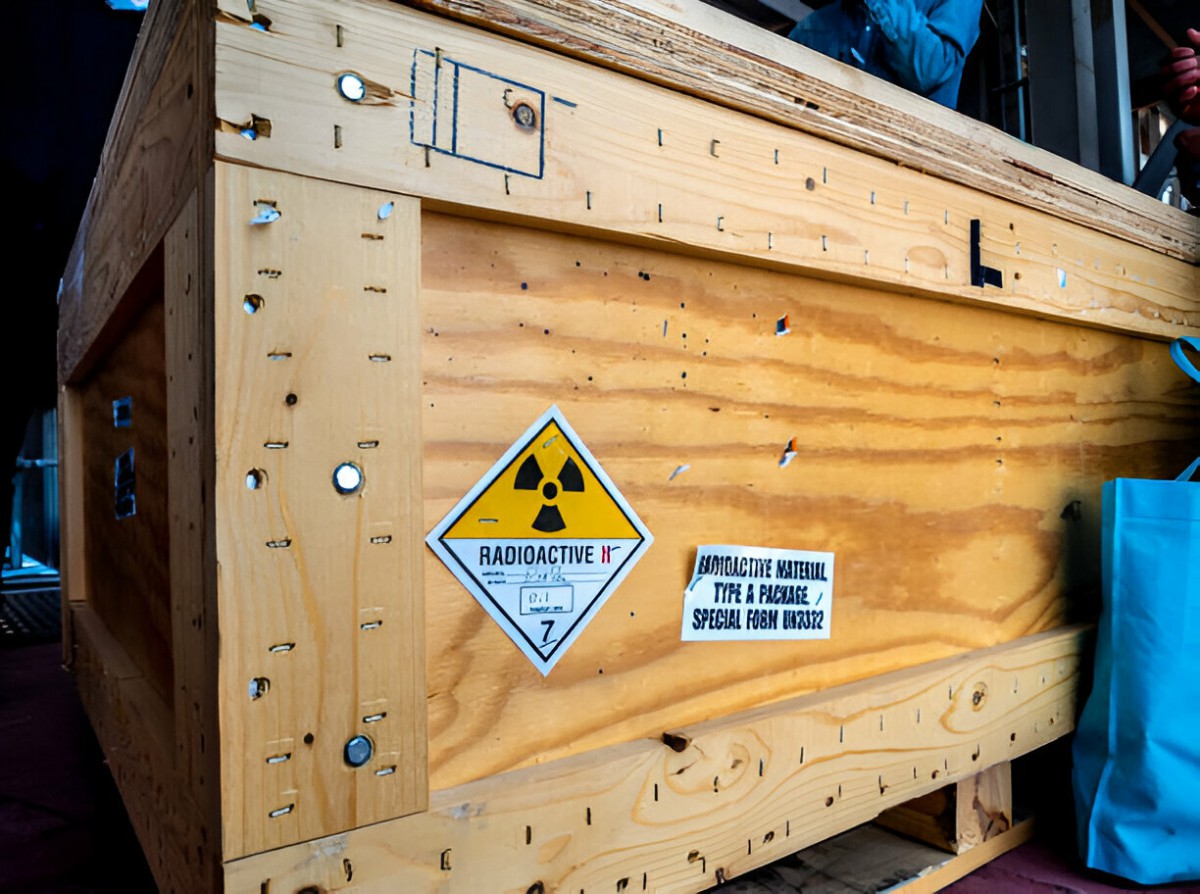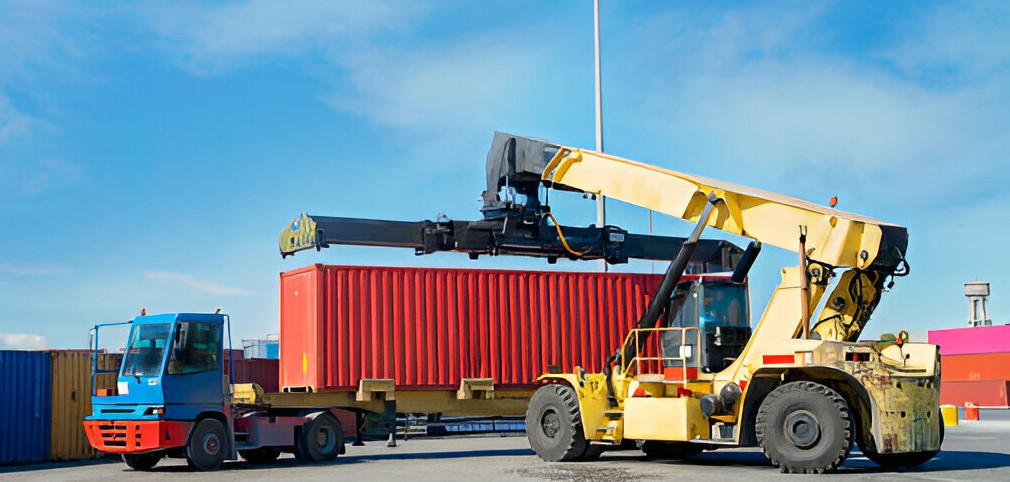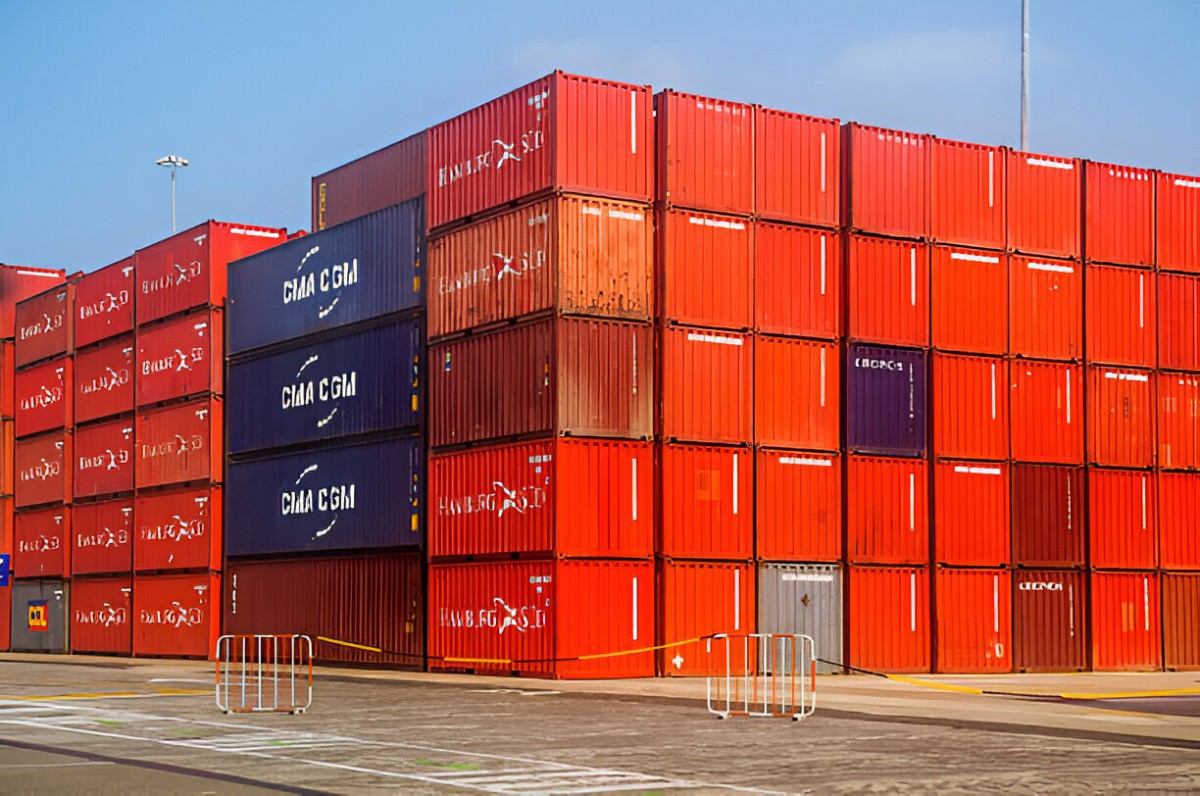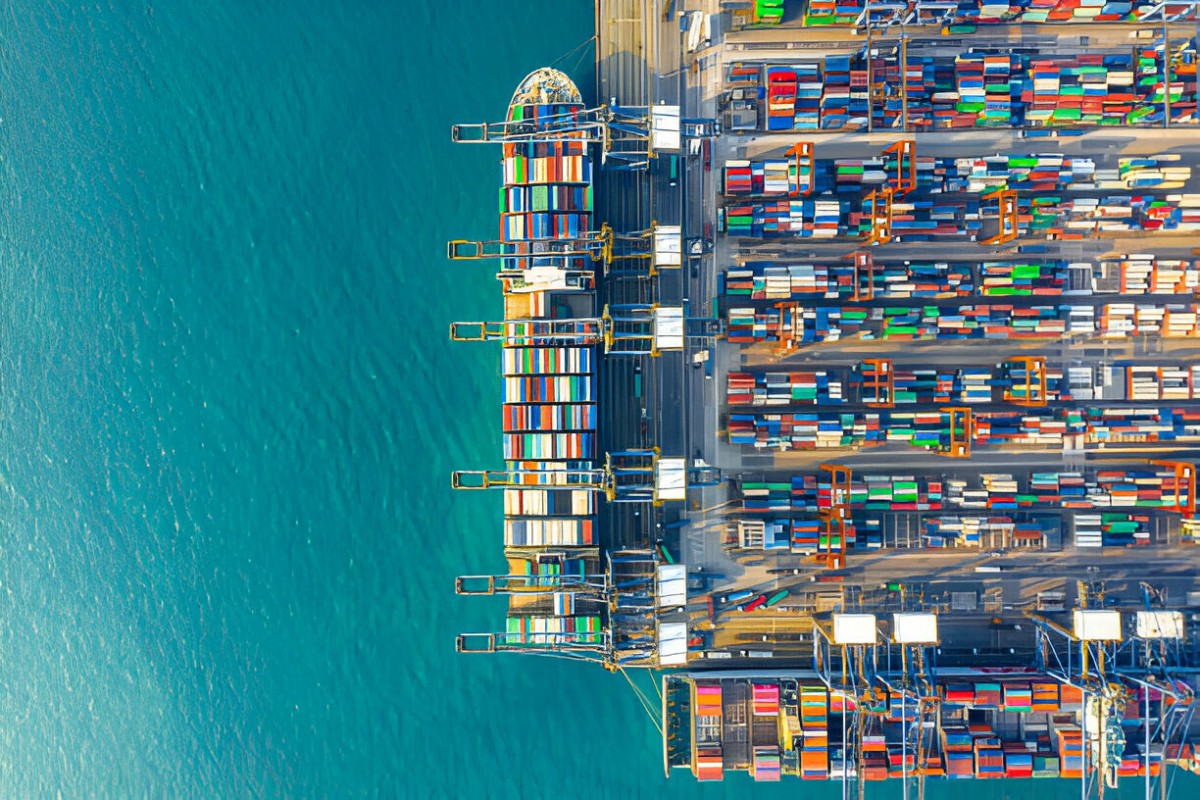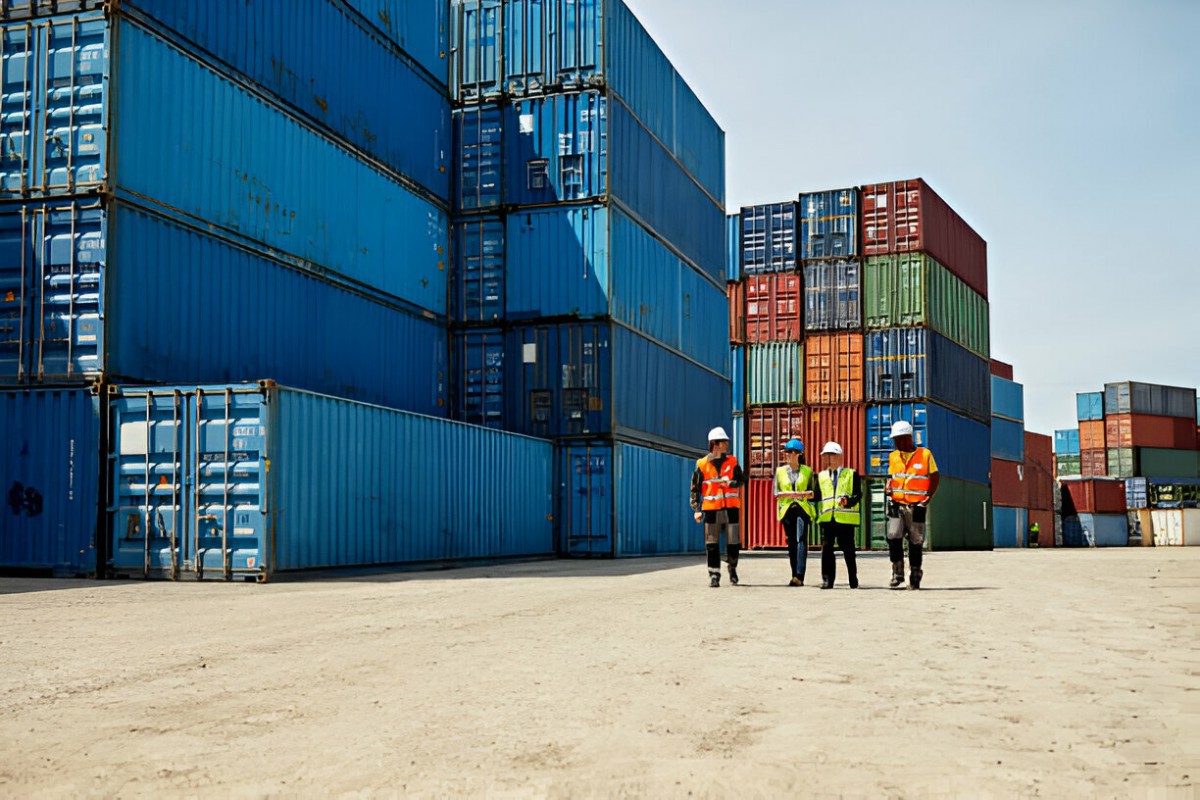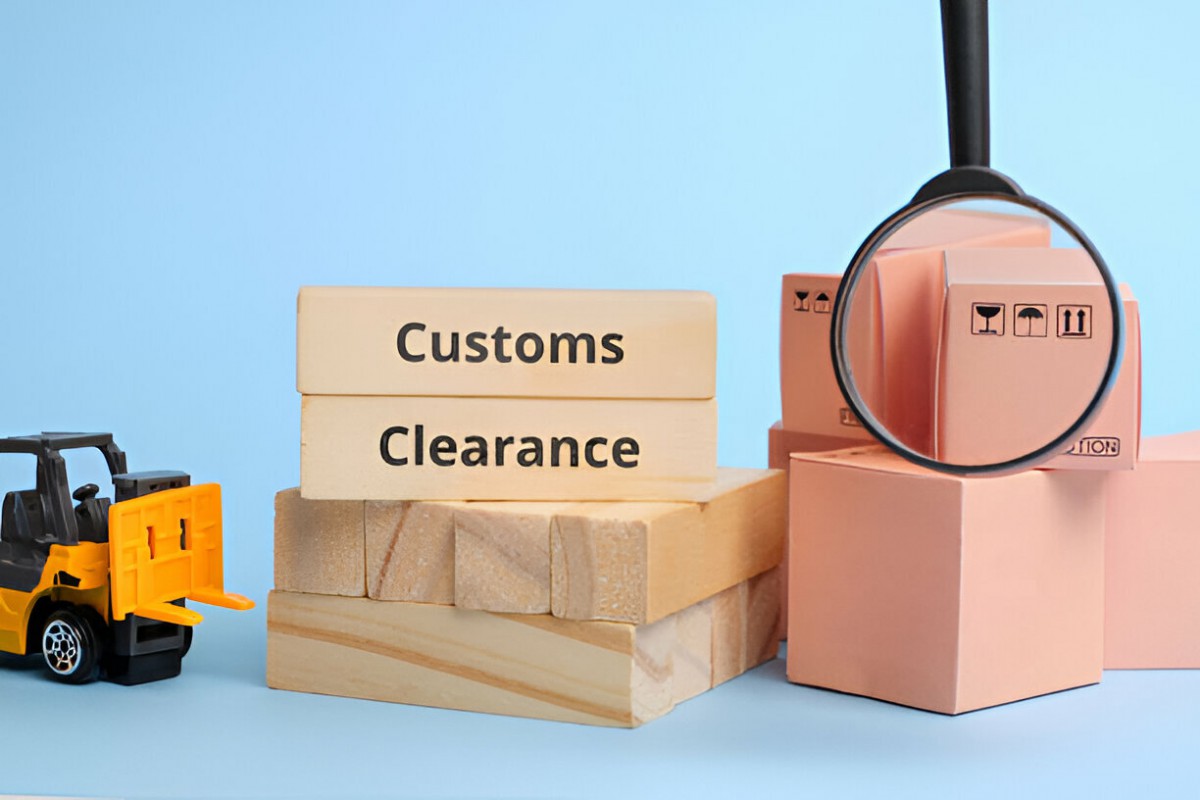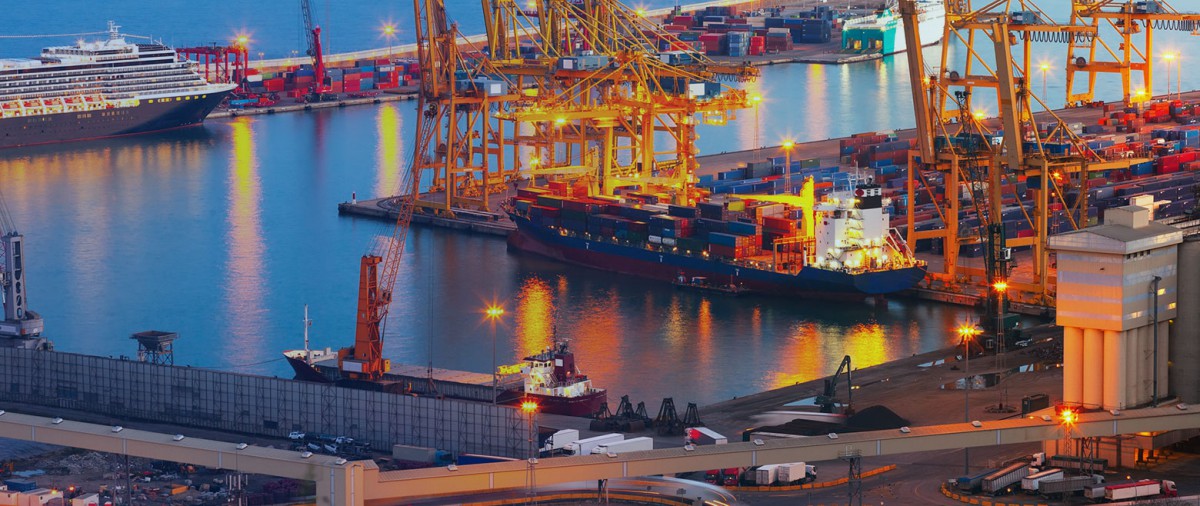Shippers frequently seek clarity on the benefits of door-to-door services, the intricacies of multimodal transport, and the role of N.V.O.C.C. operations. Additionally, many wonder about project cargo management, transshipment services, and how to choose the right freight forwarding company for their needs. Addressing these frequently asked questions helps demystify the logistics process and empowers shippers to make informed decisions for their cargo.
Frequent questions and answers about Cargo, Logostic, and Freight forwarding
1. What is freight forwarding?
Freight forwarding is the process of organizing the shipment of goods for individuals or companies, managing transportation logistics across sea, air, road, and rail, and ensuring goods reach their final destination safely and efficiently.
2. How do freight forwarders differ from carriers?
Freight forwarders do not own transportation assets (like ships, trucks, or planes) but instead contract carriers and manage the entire process of moving goods on behalf of their clients. Carriers own and operate the vehicles used for transport.
General Freight Forwarding and Logistics FAQs
3. What modes of transportation are available for freight forwarding?
Freight forwarding offers multiple transport modes, including sea, air, road, and rail shipments. Multimodal transport options are available when combining these for cost efficiency and speed.
4. What is the role of a customs broker in freight forwarding?
A customs broker ensures that all import/export laws are followed, files necessary paperwork with customs authorities, and facilitates the payment of taxes, duties, and tariffs.
Special Equipment Handling FAQs: Containers & Cargo Types
5. What is the difference between an Open Top and a Flat Rack container?
Open Top: Used for cargo too tall to fit in a standard container, allowing top loading.
Flat Rack: Has no sides or roof, ideal for oversized or unusually shaped items like machinery.
6. What is a Reefer container and when is it used?
Reefer (Refrigerated) containers are used to transport temperature-sensitive goods like frozen food, pharmaceuticals, and chemicals that must be kept at a specific temperature during transit.
7. What types of goods are transported in Ventilated containers?
Ventilated containers are typically used for agricultural products like coffee beans and cocoa that require continuous airflow to maintain freshness and prevent spoilage.
Cross Stuffing and Jebel Ali Operations FAQs
8. What is cross stuffing, and why is it done?
Cross stuffing is the process of transferring cargo from one container to another, often at a transshipment hub like Jebel Ali, to change carriers or combine shipments before the final destination.
9. How does Jebel Ali's cross-stuffing operation benefit global trade?
Jebel Ali is a strategic hub for global shipping, allowing for the efficient transfer of cargo between different vessels and carriers, reducing shipping times, and improving logistics for companies with complex shipping needs.
Customs Clearing and Forwarding FAQs
10. What documents are required for customs clearing?
Typically required documents include:
- Commercial Invoice
- Packing List
- Bill of Lading or Airway Bill
- Certificate of Origin
- Import/Export Permits
- Any applicable licenses for controlled goods.
11. How long does customs clearance usually take?
Customs clearance times vary depending on the destination, type of goods, and completeness of documentation. On average, it may take anywhere from a few hours to several days.
Door-to-Door Shipping FAQs
12. How does door-to-door shipping work for international shipments?
Door-to-door services cover the entire logistics process, including pickup from the shipper’s location, customs clearance at both ends, and delivery to the final recipient’s door. Freight forwarders handle the entire journey.
13. What are the benefits of door-to-door shipping?
- Complete logistics management, reducing stress for shippers.
- Consistent updates on cargo location.
- Reduced risk of delays due to seamless coordination.
Hazardous Goods Handling FAQs
14. What classes of hazardous materials are shipped?
Hazardous materials are classified into nine classes, including explosives, gases, flammable liquids, radioactive substances, corrosives, and toxic materials. Each requires specific handling and packaging protocols.
15. What precautions are taken when shipping hazardous goods?
Hazardous goods must comply with international regulations like IMDG (sea), IATA (air), and ADR (road). Proper labeling, documentation, packaging, and emergency response plans are required to ensure safe transport.
Project Cargo and Oversized Cargo Handling FAQs
16. What is considered project cargo?
Project cargo refers to large-scale, complex shipments related to industries such as energy, construction, and infrastructure development. This could include heavy machinery, oil rigs, or large building components.
17. What specialized equipment is used for transporting oversized cargo?
Oversized cargo often requires specialized equipment like flat racks, open tops, cranes, and low-bed trucks. Breakbulk shipping may also be necessary for cargo that can’t fit into containers.
Multimodal Transport Solutions FAQs
18. What is multimodal transport, and how does it benefit shippers?
Multimodal transport uses different types of transportation (such as sea, air, rail, and road) under one contract, optimizing speed and cost by taking advantage of the strengths of each transport mode.
19. How is the cost calculated for multimodal shipments?
Costs are based on the distance, type of goods, mode of transport, and the complexity of the logistics involved in moving cargo between different transport modes.
Transshipment, MCC & Regional Transport FAQs
20. What are transshipment services?
Transshipment refers to moving goods from one vessel to another at an intermediate port (like Jebel Ali), enabling connections between shipping routes or carriers before reaching the final destination.
21. What is MCC (Multi-Country Consolidation), and how does it work?
MCC allows cargo from different countries to be consolidated into a single shipment for delivery to a specific destination. This reduces shipping costs and streamlines customs clearance for multinational imports.
22. How are shipments managed to CIS, Afghanistan, and other regional ports?
Shipments to CIS and Afghanistan often require transshipment services, followed by inland road or rail transport. These regions are challenging to reach and require extensive coordination with local transport and customs authorities.
Chartering and Break Bulk FAQs
23. What types of vessels are available for chartering?
Various types of vessels are available, including hatch vessels, tugs, barges, landing craft, and tugboats. The choice depends on the cargo type and route.
24. What is breakbulk shipping, and when is it used?
Breakbulk shipping is used when cargo cannot fit into standard containers, such as heavy machinery or large vehicles. These items are loaded directly onto the ship's deck and may require cranes or other lifting equipment.
Storage, Distribution, and Warehousing FAQs
25. What warehousing services are offered?
Freight forwarders typically offer storage, processing, and packing services at warehousing facilities. This includes inventory management, palletizing, and distribution to various locations.
26. How is storage calculated?
Storage costs are usually calculated based on the size, weight, and time the cargo spends in the warehouse, as well as any special handling or temperature control requirements.
Proforma and Trading Invoice FAQs
27. What is the difference between a proforma invoice and a commercial invoice?
A proforma invoice is a preliminary invoice used for quoting and planning purposes before the sale is finalized, whereas a commercial invoice is the official document used for customs and final billing after goods are sold.
28. How is a proforma invoice used in international trade?
It provides buyers with the cost breakdown, including shipping and duties, before they agree to the purchase. It’s also used for customs pre-clearance and financing negotiations.


